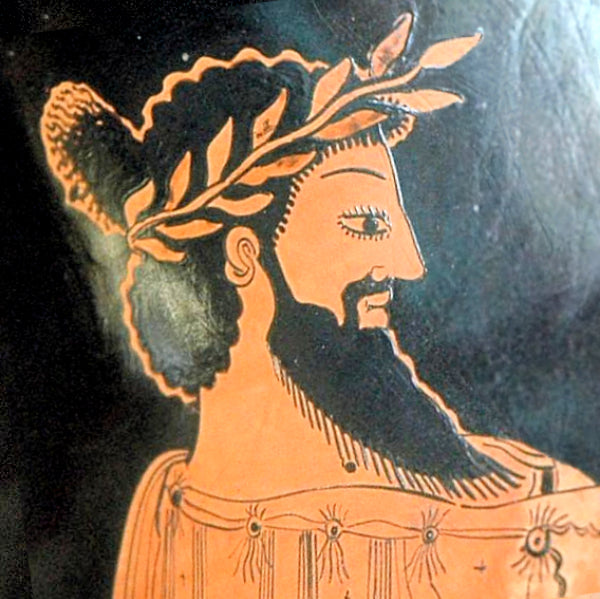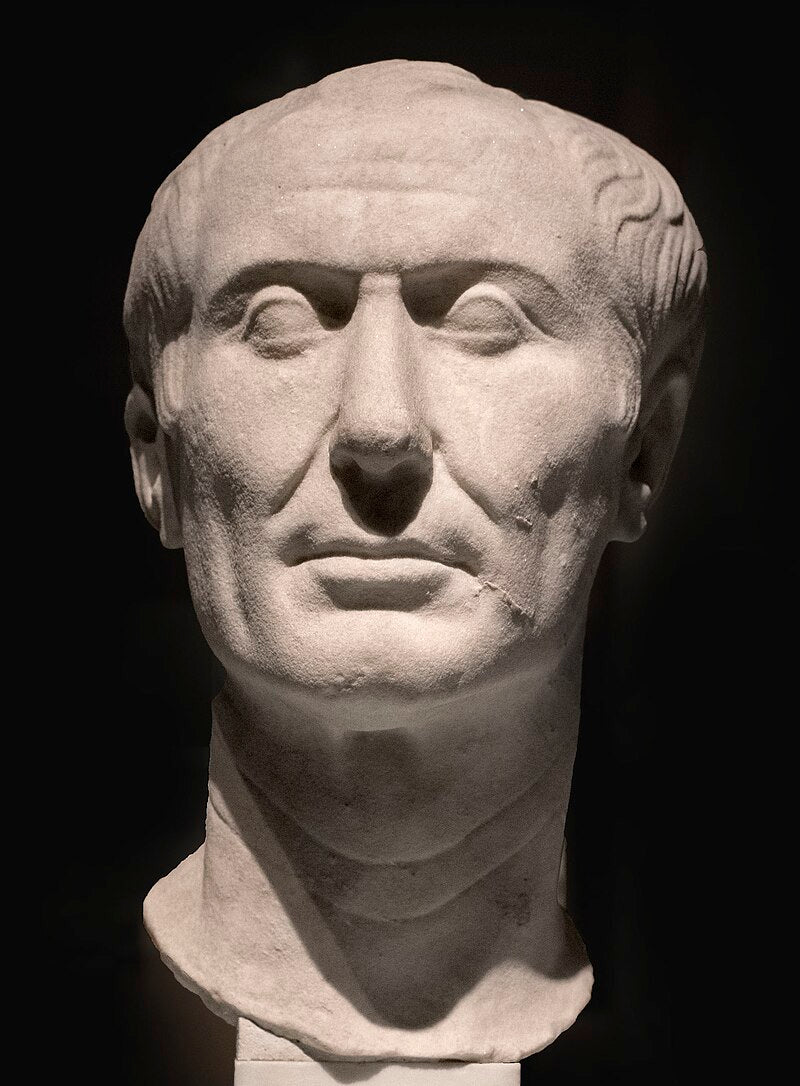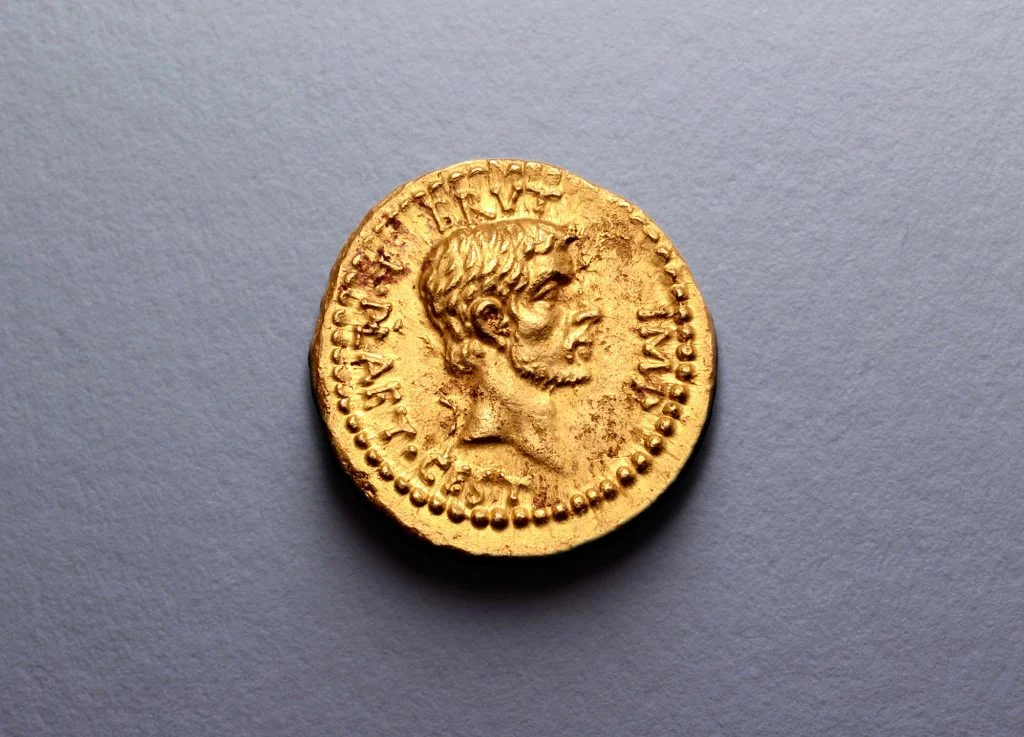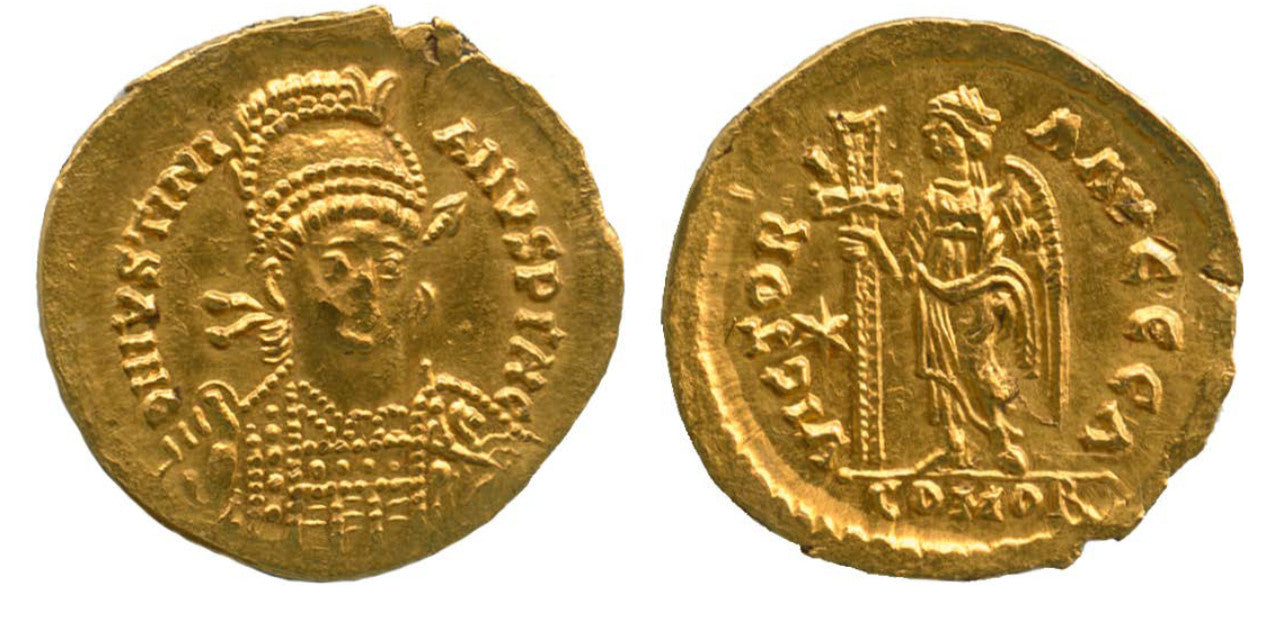Collecting ancient coins is one of the easiest ways to connect yourself to history.
You can hold an item that may have been handed across a counter many centuries ago. Once it paid for an amphora of wine. Now it’s yours.
Money makes the world go around. It might be the root of all evil.
And it’s been with us a very long time.
The fact that coins are made to survive means that a lot of them have.
And buying ancient coins is more accessible than many lay people believe.
Yes, you can spend huge amounts of money, but you can get started for relatively modest fees and without too much specialist knowledge.
A short history of ancient coins

Croesus: a major figure in the early history of coinage.
The earliest coin-like currency was probably used in India and China between the 8th and 3rd centuries BC.
Coins were a formalisation of a system that already existed.
Value was stored in ingots, bars, or even knife blades made of metals with some rarity. The first such money was probably silver. Those bars probably followed rare and attractive natural items - shells in China for example - as value totems.
A probable bronze coin factory has been found in China that dates back to 640BC.
The first coins as we understand them were probably made around 600BC by the Lydians, a people living in Anatolia in modern Turkiye.
It’s possible coins were minted in Ancient Greece before this, but no definitive answer has been reached.
These aren’t just metal bars but are inscribed or stamped, occasionally with writing but usually just with an image.
They were made from electrum, a gold and silver alloy.
The location of this development may reflect innovations in trading practices that the Lydians also pioneered. They may be the world’s earliest shop keepers.
It’s hard to know when coinage became a matter of state rather than being stamped out by private businesses though it is probably around this period.
King Alyattes of Lydia is the first monarch to appear on coins. He died in 560BC.
His successor King Croesus - yes, that one - brought in standardised purity and divided his coinage into silver and gold issues.
The idea quickly spread to Ancient Greek city states and the Persian Empire, which conquered Lydia in the middle of the 6th century BC.
Persia’s imperial expansion helped spread the practice across its empire.
Ancient Greece was a highly developed, technologically advanced society to which we can date many innovations.
Greek coins are often beautiful. And meant to be so.
Designs from the period are highly valued. They include visual puns - rhodon means “rose” in Greek, so Rhodes minted coins with roses on them - gods, the first inscriptions, portraits of rulers, locations of minting and more.
Alexander the Great’s rule was probably the period that cemented portraiture coinage as standard practice.

Alexander the Great earned the right to put his own image on coins.
Separately, in China, round coinage was developed from around 350BC, often with a hole in the centre.
Greek culture spread widely around the Mediterranean. With it went money.
Coins started to be produced in larger numbers. They were often larger and more showy and made in gold to reflect the riches of the societies that produced them.
Rome was relatively late to issue coins, and the first ones (around 289BC) were of quite poor quality.
Roman republican coins developed in the Greek model, usually illustrated with gods or myths.
Julius Caesar put his own portrait on coins from 44BC, signifying an innovation in money and governance.
Emperors used their coinage to bolster their image as god-like figures. A portrait on a coin might be the only representation of a ruler to spread across the vast Roman territories.
Some emperors minted coins with their chosen successors on to forge a legitimate claim. Others attempted to destroy and demonetize the coins minted by rival predecessors.
The reverse of Roman coins sometimes carried political and propaganda messages.

Julius Caesar cemented his powerful image by putting his face on coins.
As the successor to the Roman Empire, Byzantine Coins are usually considered Ancient despite their later date.
The Empire survived until the 15th century, ruled from Constantinople, which is now Istanbul.
Coins were struck in the capital and around the empire, the extent of which was far from stable. Mints opened and closed or were conquered fairly regularly.
Most Byzantine coinage used emphatically Christian imagery on the reverse of a portrait of the issuing emperor.
By the end of the empire Byzantine coins were visually devalued to very thin discs of metal.
The value of Ancient coins
Coins in the ancient world were of two types, those with intrinsic value and those that were tokens.
A lot of ancient coins are gold or silver and have a bullion value.
Token coins, often made of bronze, were the small change of the era and were often poorly produced.
Most higher-value ancient coins still have bullion value but are far more valuable to collectors as historical items.
Like any collectible their value will be determined by:
- Their quality
- Their rarity
- Their desirability
- Their significance
- Their provenance
Ancient coins can be bought for as little as £10.
The “Ides of March” coin commemorating the murder of Julius Caesar sold for $4.2 million in 2020.

This was the world's most valuable coin. Until the authorities intervened.
Somewhere between those two figures perhaps there's a budget that works for your collection.
Ancient coins quality
The coins in your pocket are identical.
Ancient coins are much less uniform.
There was no machinery. Coins were literally struck by hammering a die onto another with a sliver of metal between them.
This means they were of extremely variable quality from the off.
Then you need to factor in centuries of survival.
Coins can be graded for quality and condition.
They can be condition-rated from “poor” to “gem mint state” on the 70-point Sheldon scale.
They can also be rated for “strike”, “surface” and “style” to grade their original manufacture.
Ancient coins rarity
Although they had no machines, the ancients produced extremely large numbers of coins, which were everyday items designed to be used by almost everyone.
And they are made of extremely durable materials.
Rarity varies enormously.
Some coins are common enough that they are in the reach of any collector who wants to get one.
But, the ancients also had short-lived rulers and special issues.
And the older coins are the more likely they are to be rare.
Croesus coins can cost hundreds of thousands of dollars.
This gold solidus was very pure and it's a rare survival.
Ancient coins desirability
Rarity is a good contributor to value but it’s not everything.
My notes for this article are rare. In fact they’re unique.
But no-one wants to buy them. They have no value.
What makes a coin desirable?
Historical significance. A well-known ruler.
Attractive presentation. A good design.
Ancient coins provenance
Your coin will be worth what you can prove it to be.
Ancient coin collecting probably dates back to the Renaissance. And early collectors started labelling and documenting their coins straight away - sometimes even stamping their emblems on their property.
Good coins often have a long, documented history that might include drawings or photography.
Ancient coins can be covered by laws protecting national historical property.
That record price for a coin we covered earlier?
Worthless to the buyer in the end as it was sold on forged documents and was handed to the Greek government after an investigation.
As these items have been around a long time, many have been through other collections.
It’s unusual for coins in the established market to have little or no history, though that in itself is no indication of forgery or fraud.
As ever, do your research, take precautions and use only reputable dealers with a proven reputation.
This is a very attractive Greek coin, the image of Athena as an owl is lovely.
Buying and selling ancient coins today
Ancient coin collecting is a deeply rewarding hobby.
Even a beginner can get a huge amount back from it.
My favourite advice for collectors is to tell them to follow their passions.
If you love Ancient Rome, that's what you should collect.
You'll get much more out of it that way.
We have some ancient coins for sale here.
And we’re in touch with interested buyers who may be able to give a good price for your collection.








